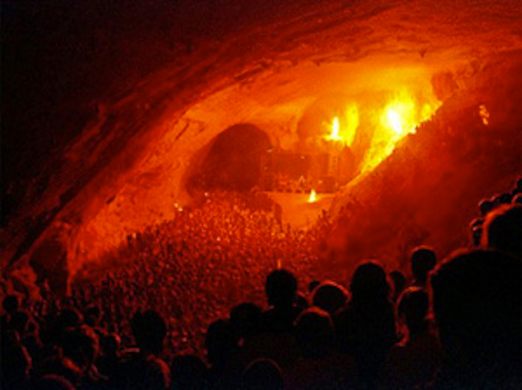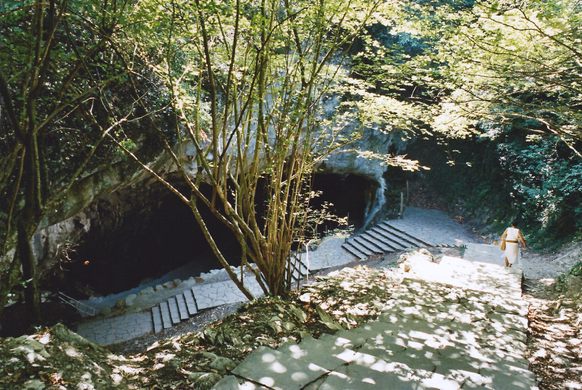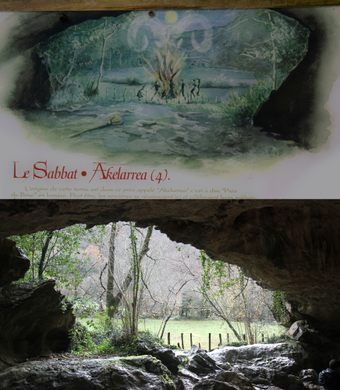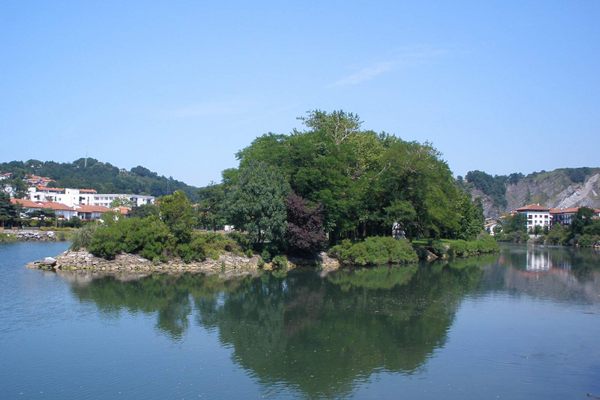AO Edited
Cave of Zugarramurdi
This Navarrese cave's history of witchcraft and pagan ritual is not just embraced, but recreated each year.
The yawning caves near the town of Zugarramurdi in northern Spain may not be covered in impressive rock formations, but the cavernous space has long been rumored to have been home to witchcraft and other pagan practices that were once the focus of the largest single witch trial in history.
According to popular belief, during the 17th century (and before) these wide rock enclosures were witness to bonfires, wild parties, and other generally pagan festivities staged by the town locals and directed by a large black billy goat known in Basque as the “Akerra.” The caves themselves were formed by the Olabidea stream which is said to originate in Hell itself, which may be where the stories of witchcraft began. However, the haunting space could easily be taken for a hotbed of black magic via its atmosphere alone.
Whether true or not, the caves and the town of Zugarramurdi caught the attention of the Spanish Inquisition’s witch hunters who investigated the area and identified a number of citizens who were tried at the largest witch trial in history (over 7,000 cases were seen). A number of the accused were put to death and the town and its large caves were forever associated with the dark arts.
Today the town embraces this legacy and in addition to establishing a Witch Museum, the town holds a raucous yearly feast in the Cave of Zugarramurdi. Every year, around the time of the summer solstice (a pagan holiday) scores of lamb are roasted on spits in the traditional manner, and bonfires are lit in and around the cave. Hundreds of people flock to the event to celebrate the area’s supposed occult history, and thankfully not one of them is burned at the stake.



































Follow us on Twitter to get the latest on the world's hidden wonders.
Like us on Facebook to get the latest on the world's hidden wonders.
Follow us on Twitter Like us on Facebook